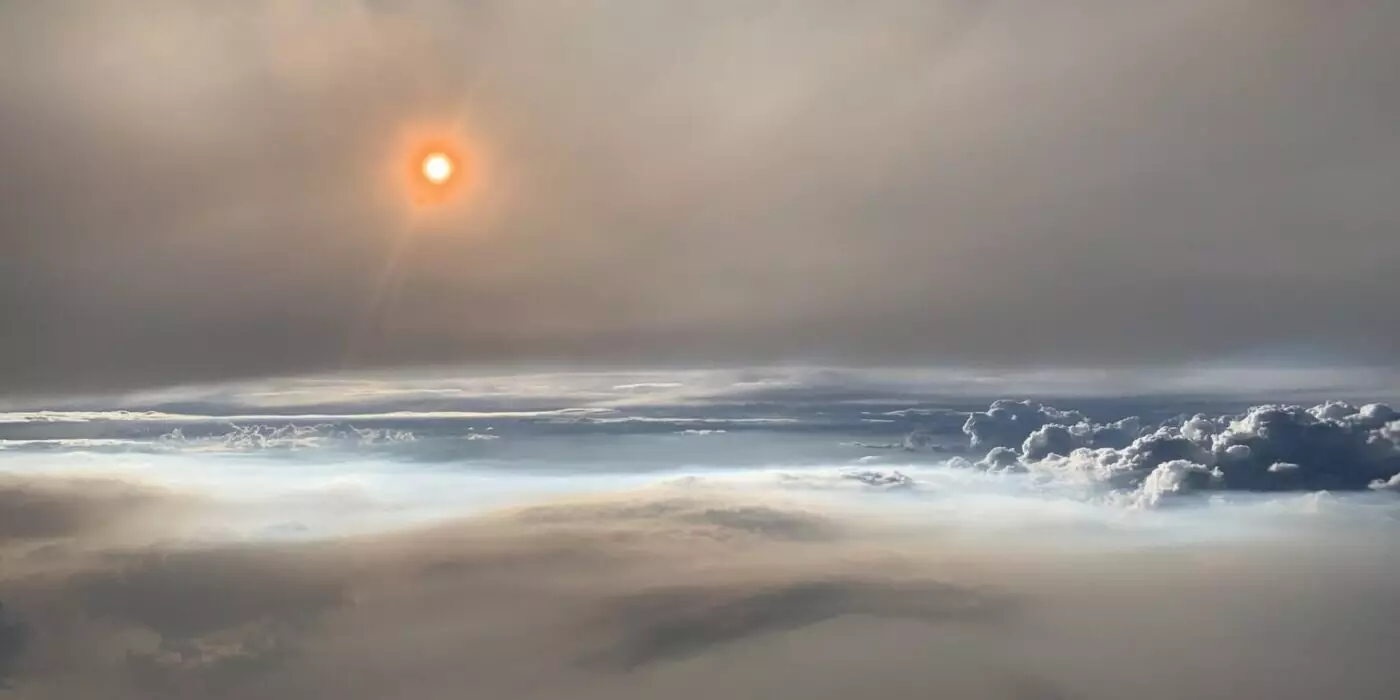As our planet experiences escalating temperatures, the fierce rise of large-scale wildfires has become a painfully evident consequence of climate change. These infernos not only raze considerable swathes of land but also emit dangerous substances into our atmosphere, significantly contributing to global warming. Of particular concern is black carbon, a potent short-lived atmospheric warming agent that can trap heat in the atmosphere and exacerbate climatic shifts. Despite some significant strides in researching black carbon, scientists still grapple with understanding its full impact, particularly when it is intensified through phenomena like pyroCb clouds—wildfire-generated thunderstorms that wreak havoc on our atmosphere.
Unraveling the Mysteries of Black Carbon
The research spearheaded by Rajan Chakrabarty and his team at Washington University’s Center for Aerosol Science & Engineering marks a critical step toward better grasping the implications of black carbon emissions from pyroCbs. Their recent study examined airborne measurements collected during the 2019 FIREX-AQ campaign in Washington state and unveiled some startling discoveries. Unlike the black carbon emitted from smaller fires or urban areas, particles originating from pyroCb thunderstorms possess unique qualities that significantly amplify their sunlight absorption capabilities. This revelation not only underscores the complexity of black carbon’s role in climate dynamics but also emphasizes the necessity for nuanced research to understand its radiative effects.
The Science Behind the Heat
One of the most compelling aspects of this research is its focus on the intricate behaviors of black carbon particles when they are injected into the upper troposphere and lower stratosphere during extreme pyroCbs. The study reveals that these wildfire-derived particles absorb sunlight at rates double that of their less intense counterparts. This has profound implications for climate modeling and understanding long-term stratospheric warming. Chakrabarty’s innovative approach to examining the size and morphology of black carbon particles on an individual basis allows us to better quantify how these emissions trap heat in the atmosphere, posing an increasingly dangerous threat to our climate.
PyroCb Clouds: A Complex Challenge
While scientists have long recognized the importance of black carbon, the unique properties of particles ejected from pyroCb clouds add layers of complexity to the climate model predictions. An intriguing finding from the research is that these particles, which can travel vast distances across the globe and linger for months, are significantly altering the dynamics of the atmosphere. Chakrabarty noted that pyroCb clouds account for a staggering 10% to 25% of the black carbon currently detected in the lower stratosphere, impacting both hemispheres. The realization that pyroCbs can influence weather patterns and lead to widespread climatic changes necessitates more aggressive research initiatives focused on this crucial area.
A Call to Action for Climate Scientists
The implications of this research cannot be overstated. Understanding the precise behavior and radiative effects of black carbon in pyroCbs is crucial for developing accurate climate models. Chakrabarty’s research illuminates the path forward, highlighting the urgent need for further measurements and exploratory studies into black carbon’s influence on stratospheric processes. The scientific community must rise to the occasion, prioritizing studies that refine our understanding of black carbon’s absorption properties and its broader implications for climate change.
The Road Ahead: Increased Urgency in Climate Research
As fires rage on and the world grapples with the immediate consequences of climate change, we find ourselves at a crucial juncture in our understanding. Scientists must undertake more exhaustive, direct measurements of pyrocumulonimbus black carbon to definitively establish its role in accelerated stratospheric warming. The research team led by Chakrabarty serves as a crucial reminder: the time for comprehensive action and deeper inquiry into the interplay between wildfires and climate change is now. It is not merely an academic pursuit; it is a pressing necessity that holds the key to safeguarding our planet for generations to come.


Leave a Reply